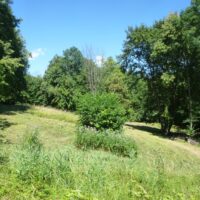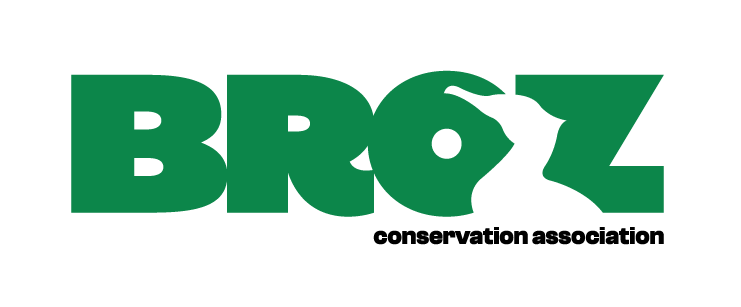Small-scale wetlands in agricultural landscapes are not only important for amphibians, birds and mammals, but are also home to many species of butterflies and insects. Orchids and other rare plants often grow here. In Holuby’s Kopanice, a site of European importance, we also find burnets (Sanguisorba) which are host plants to the rare Blues butterflies. For modern agriculture, such areas are a hindrance because they cannot be mowed with heavy tractors, so they prefer to avoid them and let them grow over or try to drain them. Their management is often complicated by wavy and uneven terrain. Grazing would also destroy these precious areas, and so we are left with just one option of mowing and digging up these wetlands by hand once they have been cleared. And when we do, we do it with mosaic mowing, of course, to make the conditions even more diverse and to leave plenty of flowering plants for the butterflies.





